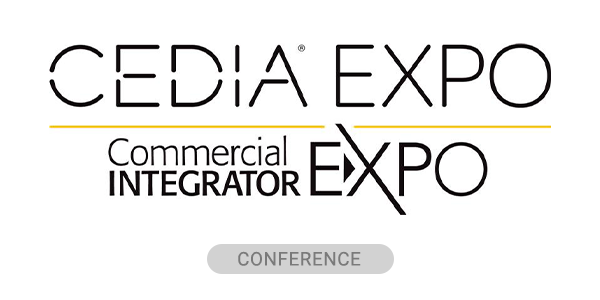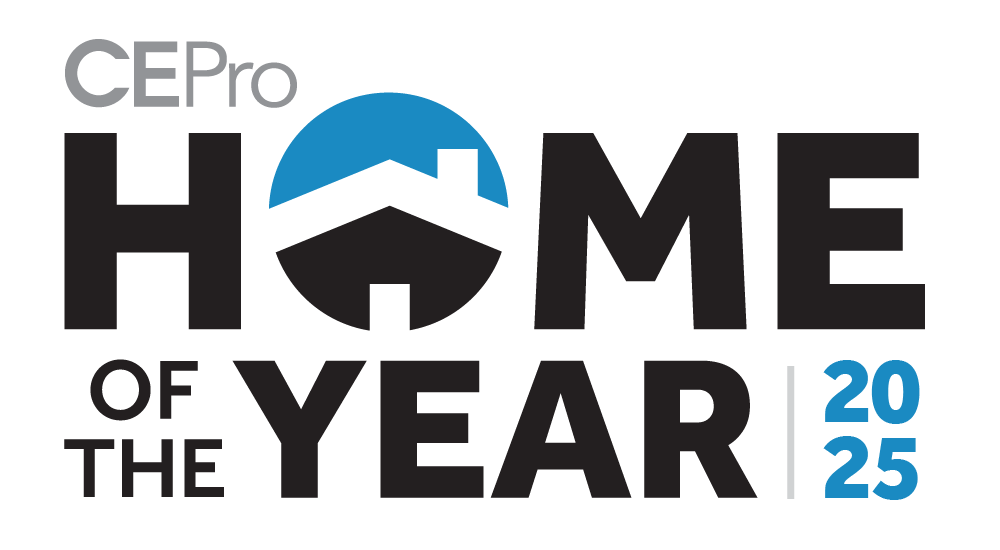Lighting used to be simple. A power source was connected to a switch and then to a lighting fixture. This approach was highly reliable, very forgiving of poor power quality, and lasted a lifetime (except for the bulbs). Then everything changed. Modern lighting fixtures are now driven from centralized driver/control panels that are managed by a control system which responds to a user’s request from either a touch pad, a voice control interface, an ambient lighting sensor, or a timer. The signal path goes through multiple microprocessors and over data networks, exponentially increasing possible points of failure or lockups over a traditional mechanically switched, incandescent lighting system.
The weakest link? Power quality.
While many home technology professionals and homeowners focus on fixture style, control systems, and automation platforms, what’s often overlooked is how vulnerable these systems are to disturbances in the electrical supply. Voltage fluctuations, high-frequency noise, and even seemingly minor wiring decisions can cause flickering, dimming instability, color shifts, and full system lockups.
Issues Caused by Dirty Power on Modern Lighting Systems
Flicker and Dimmer Instability
Unlike incandescent bulbs that rely on a heated filament to produce light, LED lighting responds instantaneously to changes in voltage level. That means even small sags or distortions in the voltage waveform as found in dirty power can result in visible flicker—an issue that becomes especially problematic at lower dimming levels.
When LED fixtures are dimmed down to 1%, they become even more sensitive. A momentary drop in input voltage—say, from 120 volts to 105 volts—might go unnoticed at full brightness, but it can slash the fixture’s light output by more than half at a minimum dimming level. This not only ruins the ambiance but also frustrates clients who expect flawless performance from expensive high-end lighting systems.
Dimmers themselves often contribute to the problem. Most modern dimmers work by chopping the AC sine wave using silicon-controlled rectifiers (SCRs). These devices rely on detecting the waveform’s zero-crossing point to function properly. When the incoming voltage is distorted—due to noise, generator transitions, or other disturbances–the dimmer struggles to find that zero-crossing, leading to erratic performance, uneven dimming, or additional flicker.
Color Shift and Visual Performance Issues
Today’s LED systems can deliver exceptional color temperature precision and high Color Rendering Index (CRI), making them ideal for showcasing art, interiors, and architectural details. But that precision is only possible when power is clean and stable.
Voltage sags and under-voltages degrade color fidelity, making whites appear yellow or green and muting the vividness of a room. When homeowners invest in high-CRI fixtures and tailored lighting design, inconsistent color performance resulting from dirty power can feel like a broken promise—and it’s often due to poor power quality, not the lighting hardware.
Lighting System Lockups and Service Calls
A far more insidious problem than flicker or color shift is the issue of system lockups. Modern LED lighting systems rely on microprocessors and digital signal paths. A voltage sag, spike, or brief dropout can cause those processors to crash or freeze. Suddenly, lights don’t respond. Scenes don’t trigger. The touchscreen doesn’t work. And it’s Saturday night.
The home technology professional gets the call—not because something was installed incorrectly, but because the system wasn’t prepared to handle dirty power. This leads to emergency service calls, lost productivity, and customer dissatisfaction. Some professionals have turned to remote-controlled power distribution units to reboot systems over the internet, but that’s only a workaround. The root cause remains untreated.
LEDs Can Contribute to the Noise as Well Through Cross-Contamination
Many home technology professionals are surprised to learn that LED fixtures and dimmers are not just victims of electrical noise—they’re also creators of it. Each LED bulb typically includes a switch-mode power supply (SMPS), which injects high-frequency noise back into the local power network. When several of these bulbs are on the same circuit, the noise multiplies.
Add dimmers into the equation and the network quickly becomes saturated with distortion. This noise doesn’t just affect lighting. It can disrupt audio, video, networking, and even control systems. Shared neutrals across circuits allow noise to propagate, causing issues on entirely different branches of the system.
Correcting Quality Issues from Dirty Power
The only meaningful solution to these challenges is to take power seriously, just like we do with networking, video distribution, or audio calibration. It starts with providing consistent voltage, free from sags, swells, dropouts, and surges. It also means creating electrical sub-networks that isolate sensitive systems like lighting from noisy or disruptive loads.
Voltage regulating double conversion/ online UPS systems are uniquely capable of solving both problems. Unlike standby or line-interactive UPS devices, double-conversion units regenerate the AC waveform 24/7, converting incoming power to DC, then back to a clean sine wave. This is analogous to distilling water to purify rather than simply filtering water. This ensures that LED systems receive perfectly stable voltage regardless of what’s happening upstream on the grid or downstream within the home.
When paired with an isolation transformer, these UPS systems create electrically separate subnetworks, eliminating cross-contamination between branch circuits. They also allow for a local neutral-to-ground bond, which removes ground noise voltage that often causes lockups or erratic behavior in sensitive electronics.
The Bottom Line is Perfect Power Equals Reliable Lighting
Traditional incandescent lighting was forgiving. LED systems are not. They demand power that is tightly regulated and electrically quiet. As homes become smarter and lighting becomes more advanced, the role of power quality has never been more critical.
Home technology professionals who proactively address power quality through voltage regulation and isolation deliver more reliable systems, have a reduced service burden, are protecting the reputations of their businesses, and have extremely happy customers.
LED lighting is here to stay. Let’s give it the power it needs to shine.
Vince Luciani is power products specialist, Apex Technologies-U.S.
Keep Reading:
Advocating for a multi-layered approach in power protection
Hear more about an integrator’s experience branching out into electrical work
And remember: surge protection is not power conditioning
















